[Research Report] The multiaxial woven fabrics market size is expected to grow from US$ 1,089.17 million in 2022 to US$ 1,469.01 million by 2028; it is estimated to record a CAGR of 5.1% from 2022 to 2028.
Multiaxial woven fabrics are made using different fiber types, such as glass fiber, carbon fiber, aramid fiber, and natural fiber, and a combination of fibers. Bidirectional fabrics, triaxial fabrics, and quadraxial fabrics are a few types of multiaxial woven fabrics. Multiaxial woven fabrics are applied in different end-use industries such as construction, consumer goods, and military.
Europe dominated the global multiaxial woven fabrics market share in 2022. Based on country, the Europe multiaxial woven fabrics market is segmented into Germany, France, Italy, the UK, Russia, and the Rest of Europe. Increasing use of composites in various end-use industries and strong growth of the automotive, marine, aerospace, and construction industries in Europe fuel the regional multiaxial woven fabrics market growth. In the UK, wind power is one of the largest sources of electricity generation. The government of the country has included wind power in The Ten Point Plan for a Green Industrial Revolution and in Energy White Paper. The wind energy industry is playing an important role in Germany's energy transition. According to the Germany Trade & Invest, Germany is Europe’s leading wind energy market, with more than 63 GW of total capacity. The growing wind energy sector in Europe drives the demand for multiaxial woven fabrics.
Customize This Report To Suit Your Requirement
You will get customization on any report - free of charge - including parts of this report, or country-level analysis, Excel Data pack, as well as avail great offers and discounts for start-ups & universities
Multiaxial Woven Fabrics Market: Strategic Insights
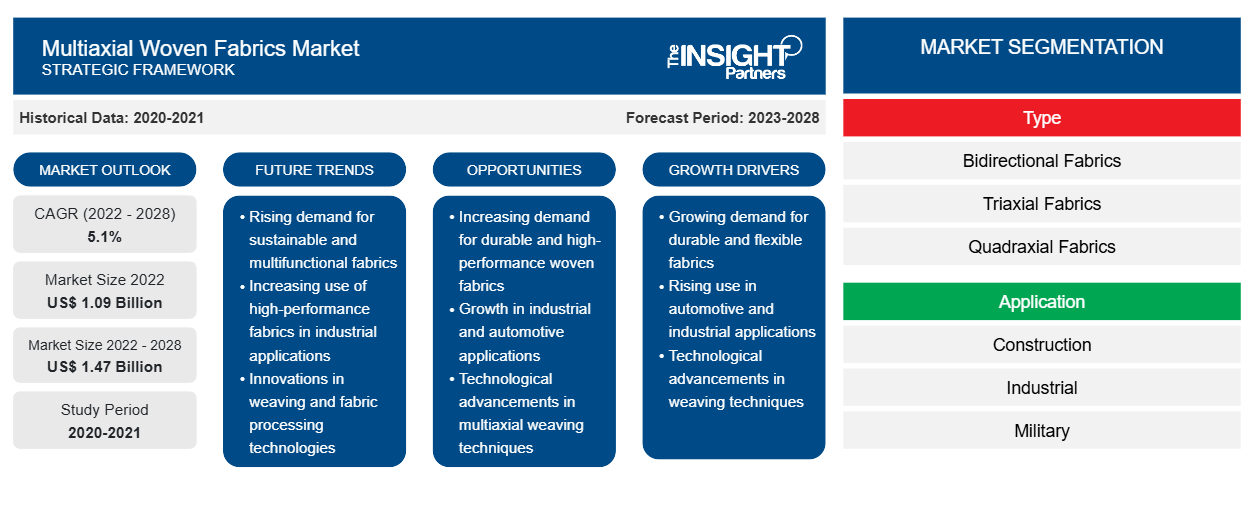
-
Get Top Key Market Trends of this report.This FREE sample will include data analysis, ranging from market trends to estimates and forecasts.
Impact of COVID-19 Pandemic on Multiaxial Woven Fabrics Market
Before the COVID-19 pandemic, the multiaxial woven fabrics market was mainly driven by industries such as automotive, building & construction, aerospace & defense, wind energy, and marine. In 2020, various industries had to slow down their operations due to disruptions in supply chains caused by the shutdown of national and international borders. The pandemic hampered manufacturing processes due to restrictions imposed by government authorities in various countries. Multiaxial woven fabrics have major applications in the aerospace & defense and automobile industries, wherein they are used to manage the body weight of vehicles and fuel management. It is also widely used in the construction sector. Hence, with the reduction in activity in these sectors, the demand for multiaxial woven fabrics also decreased. The pandemic also caused fluctuations in the prices of raw materials. All these factors led to a decrease in demand for multiaxial woven fabrics. However, in 2021, the economies started reviving as various industries resumed business activities. As a result, several industries, including aerospace & defense, automotive and building & construction, showed signs of recovery in their operations. Various industries are also overcoming the consequences of disruptions in their raw material supply chains. With such a promising recovery, the global industrial sector is expected to provide the impetus for the multiaxial woven fabrics market growth in the coming years.
Market Insights
Strong Growth of Composites Industry Drives Multiaxial Woven Fabrics Market Growth
Multiaxial woven fabrics are used for the reinforcement of composite materials. Rising demand for high-performance materials with properties such as high strength-to-weight ratio, good tensile strength, electrical conductivity, and others drives the growth of the composites industry. Also, there is a growing demand for composites from various end-use industries such as automotive, sporting goods, marine, construction, and wind energy. In the automotive industry, manufacturers prefer lightweight materials for manufacturing automobiles while ensuring safety and performance. Lightweight materials have excellent potential to increase fuel efficiency. Composites can reduce the weight of automotive components, which increases their use in the automotive sector. There is also a high demand for composites to be used as construction materials in high-performance sports gear due to their lightweight, high strength, freedom of design, and easy processing and forming characteristics. Composites are used in sports gear such as skis, baseball bats, golf clubs, tennis rackets, and bicycle frames. Composites are highly used in the marine industry as they are durable and lightweight. Composites weigh less than traditional marine construction materials, which makes them suitable for use in boat construction. Further, composites are used as reinforcing materials in several wind energy applications. Rising use of composites in different end-use industries fuels the growth of the composites industry. Hence, the strong growth of the composites industry is bolstering the multiaxial woven fabrics market growth.
Type Insights
Based on type, the global multiaxial woven fabrics market is segmented into bidirectional fabrics, triaxial fabrics, quadraxial fabrics, and others. The quadraxial fabrics segment held the largest market share in 2022. A quadraxial fabric consists of four layers of fiber roving orientation in the 0°, +45°, 90°, and -45°. This fabric provides strength in all directions. They are extensively used for hand layup, injection or infusion, and resin transfer molding. This fabric can be produced with the maximum aerial density compared to any other fabric style.
3D Weaving SaRL, Sigmatex (UK) Ltd, Textum OPCO LLC, Cristex Composite Materials Ltd, Biteam AB, Albany International Corp, Tantra Composite Technologies Pvt Ltd, Parabeam BV, Halarit Composites GmbH, and SGL Carbon SE are a few of the players operating in the global multiaxial woven fabrics market. Market players are focusing on providing high-quality products to fulfill customer demand. They are also adopting strategies such as research and development investments, new product launches, collaborations, and mergers & acquisitions.
Multiaxial Woven Fabrics Market Regional InsightsThe regional trends and factors influencing the Multiaxial Woven Fabrics Market throughout the forecast period have been thoroughly explained by the analysts at The Insight Partners. This section also discusses Multiaxial Woven Fabrics Market segments and geography across North America, Europe, Asia Pacific, Middle East and Africa, and South and Central America.
Multiaxial Woven Fabrics Market Report Scope
| Report Attribute | Details |
|---|---|
| Market size in 2022 | US$ 1.09 Billion |
| Market Size by 2028 | US$ 1.47 Billion |
| Global CAGR (2022 - 2028) | 5.1% |
| Historical Data | 2020-2021 |
| Forecast period | 2023-2028 |
| Segments Covered |
By Type
|
| Regions and Countries Covered |
North America
|
| Market leaders and key company profiles |
|
Multiaxial Woven Fabrics Market Players Density: Understanding Its Impact on Business Dynamics
The Multiaxial Woven Fabrics Market is growing rapidly, driven by increasing end-user demand due to factors such as evolving consumer preferences, technological advancements, and greater awareness of the product's benefits. As demand rises, businesses are expanding their offerings, innovating to meet consumer needs, and capitalizing on emerging trends, which further fuels market growth.
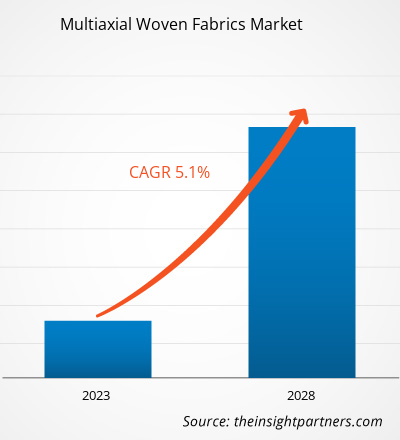
- Get the Multiaxial Woven Fabrics Market top key players overview
Report Spotlights
- Progressive industry trends in the multiaxial woven fabrics market to help players develop effective long-term strategies
- Business growth strategies adopted by developed and developing markets
- Quantitative analysis of the multiaxial woven fabrics market from 2020 to 2028
- Estimation of global demand for multiaxial woven fabrics
- Porter’s Five Forces analysis to illustrate the efficacy of buyers and suppliers operating in the industry
- Recent developments to understand the competitive market scenario
- Market trends and outlook as well as factors driving and restraining the multiaxial woven fabrics market growth
- Assistance in decision-making process by highlighting market strategies that underpin commercial interest, leading to the market growth
- The multiaxial woven fabrics market size at various nodes
- Detailed overview and segmentation of the market, as well as the multiaxial woven fabrics industry dynamics
- Size of the multiaxial woven fabrics market in various regions with promising growth opportunities
Frequently Asked Questions
Can you list some of the major players operating in the global multiaxial woven fabrics market?
In 2022, which region held the largest share of the global multiaxial woven fabrics market?
In 2022, which type segment accounted for the largest share in the multiaxial woven fabrics market?
In 2022, which application segment accounted for the largest share in the multiaxial woven fabrics market?
What is the key driver for the growth of the global multiaxial woven fabrics market?
Which application segment is expected to account for the fastest growth in the global multiaxial woven fabrics market?
- Historical Analysis (2 Years), Base Year, Forecast (7 Years) with CAGR
- PEST and SWOT Analysis
- Market Size Value / Volume - Global, Regional, Country
- Industry and Competitive Landscape
- Excel Dataset
Recent Reports
Testimonials
Reason to Buy
- Informed Decision-Making
- Understanding Market Dynamics
- Competitive Analysis
- Identifying Emerging Markets
- Customer Insights
- Market Forecasts
- Risk Mitigation
- Boosting Operational Efficiency
- Strategic Planning
- Investment Justification
- Tracking Industry Innovations
- Aligning with Regulatory Trends












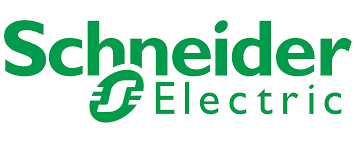


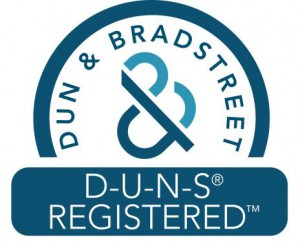
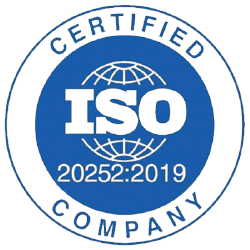
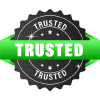



 Get Free Sample For
Get Free Sample For